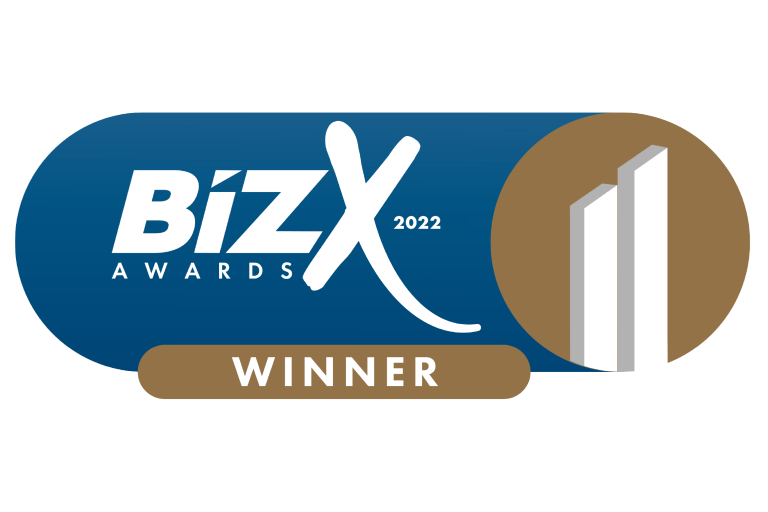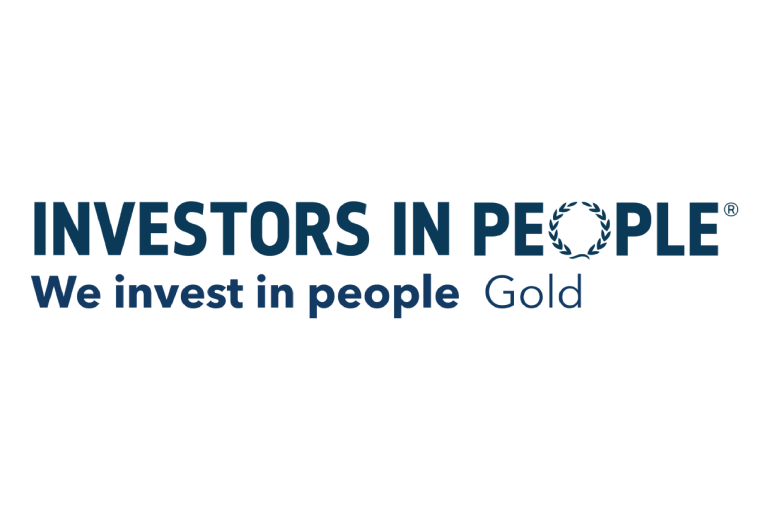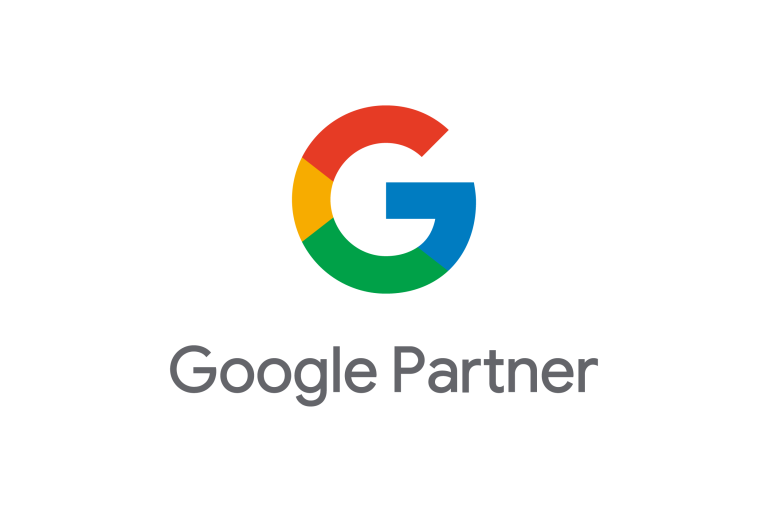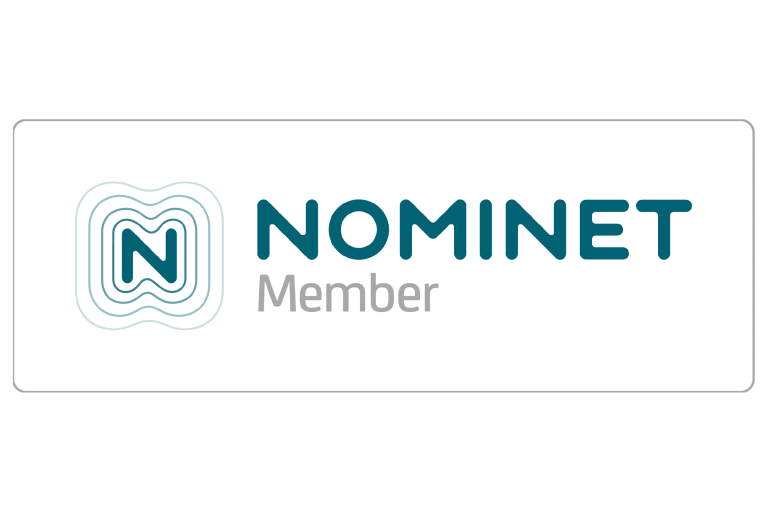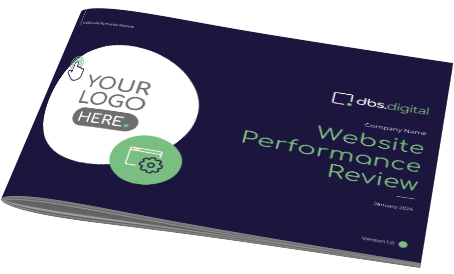Conversion Rate Optimisation sounds like a marketing buzzword. Maybe next year there will be another phrase in circuit. However, the fact is that Conversion Rate Optimisation is a requirement that is here to stay and one that business owners should pay attention to.
What does Conversion Rate Optimisation mean? Before we discuss how we can improve our Conversion Rate, let’s break the sentence down.
Conversion
Conversion means to turn something from one state to another, or to transform a person’s beliefs. In the case of online marketing, we are transforming a potential customer’s beliefs and converting them into customers or clients.
In short, we want our landing page to convert the curious browser into an engaged customer.
If you want to get quick and quality conversions for your business then PPC Services may benefit you. PPC is a great way to get to the top however sometimes it can be expensive. If you’re looking to rank organic search results and have the patience to wait, then SEO Services are for you. These methods will both drive conversions.
Rate
The word ‘Rate’ in Conversion Rate Optimisation refers to the amount of people the landing page converts. If ten people land on a web page and only one person follows through with an email, call or makes a purchase, we have a ten-percent conversion rate. If we can increase the number of people that take action on our site, then we increase our conversion rate.
Most business owners would like more of their website traffic to convert, but how do we increase our conversion rate?
Optimisation
Optimisation is the key part of Conversion Rate Optimisation. To optimise a website, we first of all need to take a baseline or a snapshot of the current state. What does the landing page look like now? Do you know the current conversion rate? Can areas be improved? Have a look at competitor websites, how does their website compare to yours?
Data
Data is one those words that can turn people off. However, smart business owners use data to make effective business decisions, including Conversion Rate Optimisation. You’ll be pleased to know it doesn’t have to be complex. However, recording your data should be your first step in Conversion Rate Optimisation.
A good place to start is Google Analytics. If you work with a marketing agency, such as DBS, you’ll find they use Google Analytics to measure all kinds of statistics.
Before you make any changes to your website, ask your marketing agency the following and make a record of this information:
- How many visitors does my website get per day?
- What is the average length of time a visitor stays on the site?
- How many conversions are there?
- What is the current conversion rate?
If you are promoting a particular page, such as a product landing page, obtain the specific stats for the page.
Empathy
Put yourself in the mindset of your ideal audience (your buyer persona). The average length of time people spend searching for a product or service varies depending on the service or product. For example, a potential customer may spend more time searching for a niche product as their options are limited in comparison to a widely-available product or service.
In either case, the customer will leave the website if the right information is not available in those first few seconds.
As a customer, you ask questions when you look for a product or service. These questions are both subjective and objective.
The objective questions are those that are tangible. Such as, I require xxx product in xxx location at xxx price. The subjective questions are those that are opinion-based and are often part of the subconscious. Put yourself in the shoes of a website visitor and take yourself along your own customer journey.
Objective Questions
- Does the company offer what I am looking for?
- Is the location/delivery correct?
- Am I happy with the price?
Subjective Questions
- Does the company look reputable? The website is the shop window of the online business. You would not find a high-street department store with a messy front window; a business website should follow the same rules.
- Is the company trustworthy? Being trustworthy is sometimes hard to demonstrate. A professional website will help deliver this trustworthy message, as will a small review section. Do not hide information or ask the visitor for personal details in return for a quote.
- Your priority should be to deliver the right information without the visitor hunting for it. Some businesses like to offer an ‘About Us’ section to offer a personal touch. However, a customer doesn’t care who you are until they can be sure you can deliver what they need. Keep these elements as ‘nice-to-have’ sections but make them secondary to the priority information.
Layout
The layout of a website or landing page is important. All the information your potential customer is looking for should be found without scrolling or navigating to another page.
- Product/Service
- Location
- Price
If all those items are accessible from that first screen, the customer will stand a greater chance of staying longer. You just bought yourself more time. This is when the subjective questions are asked.
- Do they seem professional?
- Do they seem trustworthy.?
There are times when the price is the final piece of the conversion but it’s not always practical to show the price in every industry or circumstance. For example, an eCommerce website might display the price beside the product, but the price of a service-based product might be job-specific and require a quoting process. However, such businesses can still offer an insight into typical rates.
Images
Are the images being used on the website relevant? Are they being displayed because you like the images, or because research has demonstrated that they are the most effective images to display? Hopefully, it’s the latter.
A simple but effective optimisation technique is to replace the images and measure the difference. For example, you might find that by using Google Analytics you can measure the average length of time a visitor stays on your website. If an image was changed and this length of time increased or decreased, you would have an idea of its impact.
Sales Copy
Sales copy is the text on your landing page that is there to convince your visitor to use your service or buy your product. In other words, the sales copy is a conversion factor.
Ask yourself these questions:
- Is the language being used in the sales copy relevant to your target audience? A solicitor’s website may use different language to an eCommerce website or a website aimed at children for example.
- Is the grammar correct and has the text been spell-checked?
- Some websites have a ‘Read More’ section which opens up to display more in-depth descriptions. If a ‘Read More’ is used, try to ensure that the key information is available to the visitor before the ‘Read More’ button.
- Does your sales copy have a headline? A headline is used to attract the visitor to read further. For example, January Sale Now On.
- Description. Is the description succinct? You have a headline that attracts the reader, do not bore them with ‘fluff’. Keep them interested with facts. You need them to continue reading. Good sales copy is enticing, informative and interesting.
- Call To Action (CTA). A well-written piece of sales copy will finish with a CTA. A CTA is an action for the visitor to take. For example, ‘Buy Now’ or ‘Contact Us’.
The Customer Journey
You should now have an understanding of your customer’s journey. The key to optimisation is to identify areas of improvement and make incremental changes to improve that journey and ultimately, improve your Conversion Rate.
After all, you want the following steps to occur more frequently so your business gets more enquiries or purchases per website visitor.
- A visitor lands on your landing page.
- The visitor finds all the information they require without searching.
- The website conveys a professional and trustworthy appearance through layout, images, and language.
- The headline attracts the visitor to read more.
- The description provides additional information, overcoming any stumbling blocks.
- The Call To Action converts the visitor into a customer.
Remember, you should only make one change at a time to achieve effective results.
- Record your statistics.
- Make one single change.
- Wait (at least one week, ideally two).
- Record your statistics.
- Analyse the results.
If you change more than one element at a time, you will not know which of the changes produced either a negative or a positive result, which makes identifying successes or failures difficult. Therefore, patience is required. This is an ongoing process which should be carried out on a regular basis.
At DBS Digital, we provide Digital Marketing Services, such as Pay-Per-Click Advertising and Professional SEO Services to put your mind at ease and drive quality leads and conversions. Our dedicated team is here to help. To learn more, make sure to get in touch with us today.

